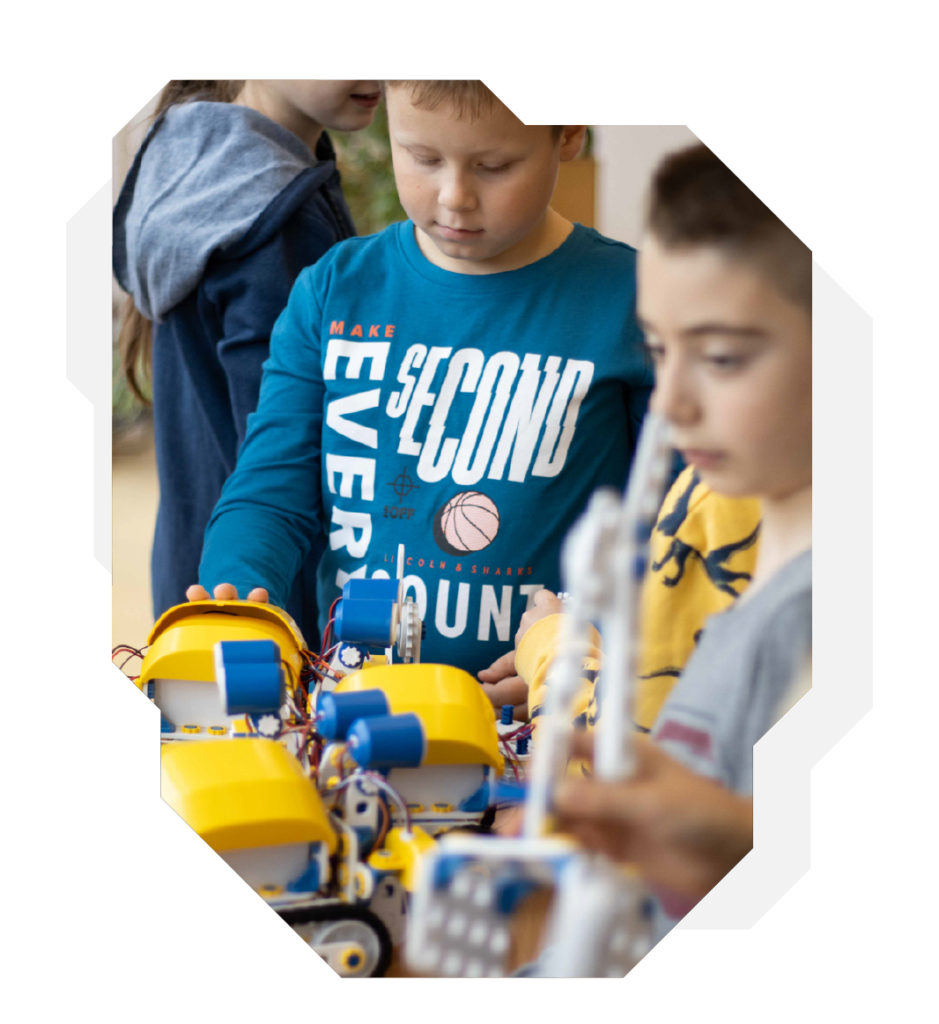
The beginnings of educational cooperation
Feel invited to read the interview with Klara Kołodzińska, who works as an early childhood education teacher at the ICO Private Primary School in Wołomin. She began to learn about educational technologies and how to use them in class on her own, but as she admits it was not easy. The multitude of sources and extensive new knowledge can be confusing.
In 2021, as Skriware, we organized staff training and demonstration lessons for children in Wołomin presenting how to use 3D print and robotics at school based on our SkriLab educational laboratory. A lot has changed since then – some teachers became convinced of the effectiveness of tools such as educational robots and 3D printers in school. The management, seeing the growing interest among children and parents, decided to hire an additional employee, handling only things related to 3D printing. 3D printing at school took on so well that we organized an advanced onsite training in 3D modeling at the request of the principal herself. Below you can read a conversation between our coach Adrian Komorowski and Klara Kołodzinska.
What’s your story with Skriware tools, how did it start?
The director asked me, as an early childhood education teacher, to go to a meeting to understand what Skriware has to offer to teachers. The first thing I saw were educational robots. I really wanted to assemble them and, in fact, it turned out to be even more interesting than I thought! Later, when I went through the entire training cycle, it allowed me to have a good understanding of the educational technologies used by Skriware.
What equipment did you start working with?
The first were SkriKit educational blocks, I used the freestyle method. I wanted to check how children would react to them. I showed them educational robots so that they would know how they work. The older classes divided the blocks, sorted them in cooperation with the younger classes. A lot of children have problems with hand motor skills, so in my opinion, sorting was a perfect solution.
What was missing in SkriLab in your opinion?
I lacked simple tasks to complete. I underwent training so I knew how to work with them, but for other teachers who did not have training, the scripts were too extensive to start with, I lacked simpler activities.
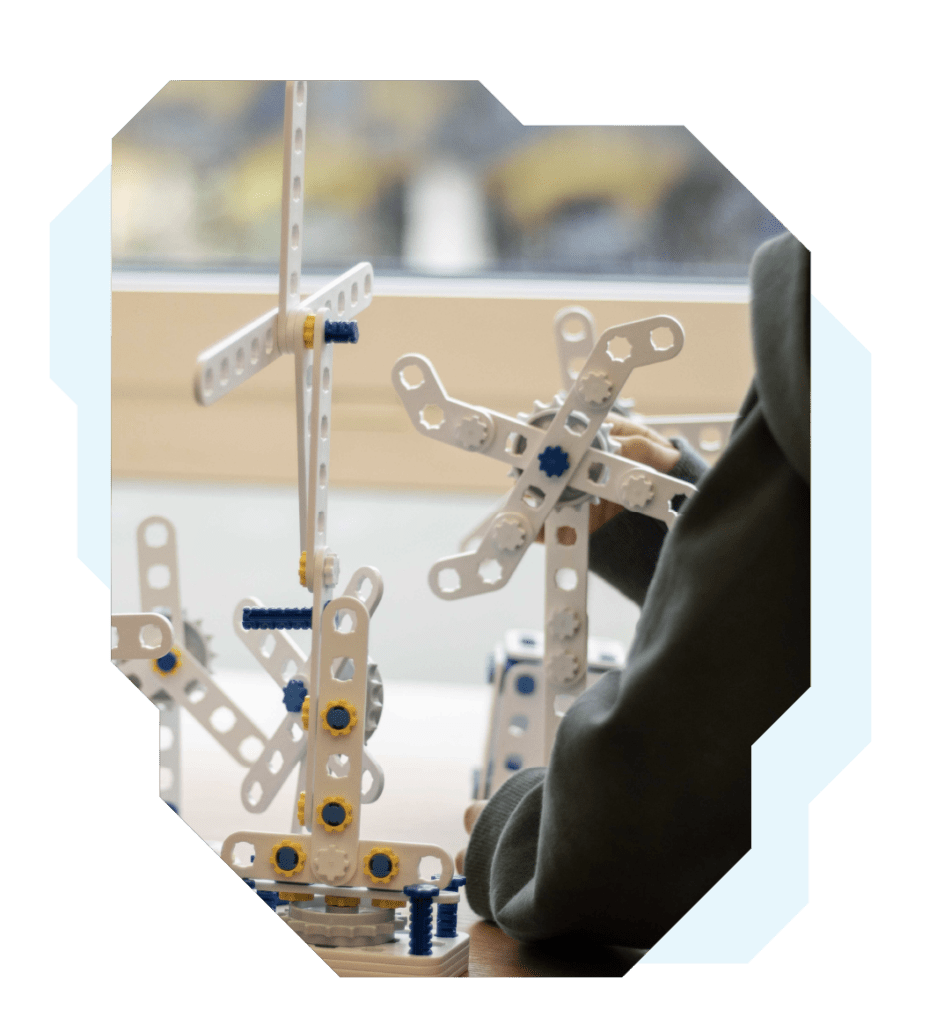
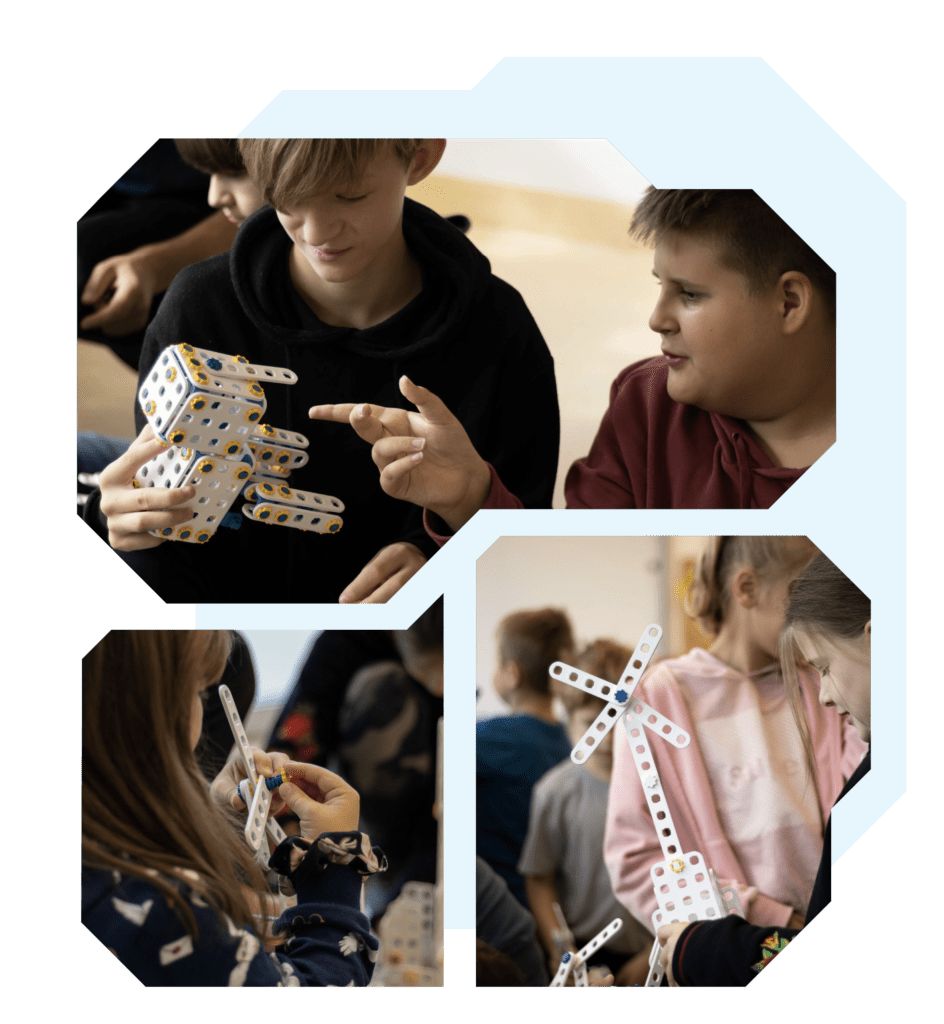
Fortunately, we have introduced a new form of short “Activities” to the Skriware Academy content, so we hope to address this need properly. And what resources did you use to prepare for the classes?
I read textbooks about various blocks for beginners. I do not consider myself a person who knows this subject well. At first, I didn’t understand half of the topics, but that’s always the case at the beginning.I gained experience with Skirware training and practice. I like it when someone explains the subject in a straightforward manner. Today I can boast of what projects are already being created by my second-graders.
Do you use robots only for extracurricular activities or for regular classes as well?
Almost always in extra-curricular activities. Regular classes are often problematic due to the lack of tablets or smartphones at school. It requires better planning, but it is very effective when planned in advance.
Do you have a favorite Skriware Academy ready-made lesson scenario?
Weight. I teach children to think abstractly by programming robots. Children use various methods to check how much the robot is able to lift. I know it may seem obvious to adults, but this famous riddle about one kilo of feathers and one kilo of nails is not so obvious to students. In the program for grades 1-3, there is a lot about masses and weights, thanks to scales printed in 3D printers and educational robots, the transfer of this knowledge is much more effective.
Have you used ready-made codes in the SkriApp application?
Yes, younger children have had trouble with more difficult programs because concepts like “variable in programming” are not clear to them. The older ones understand it without any problems, so in my opinion it is worth making more and more such examples for different age groups.
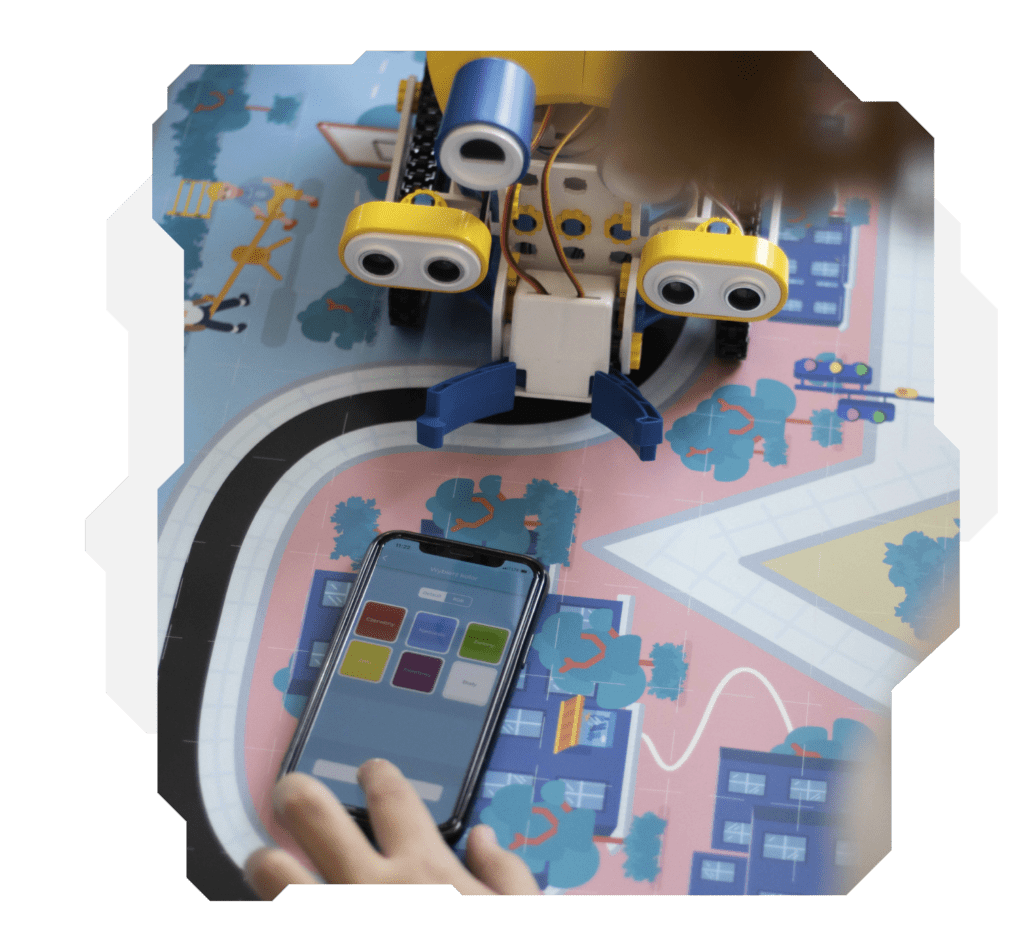
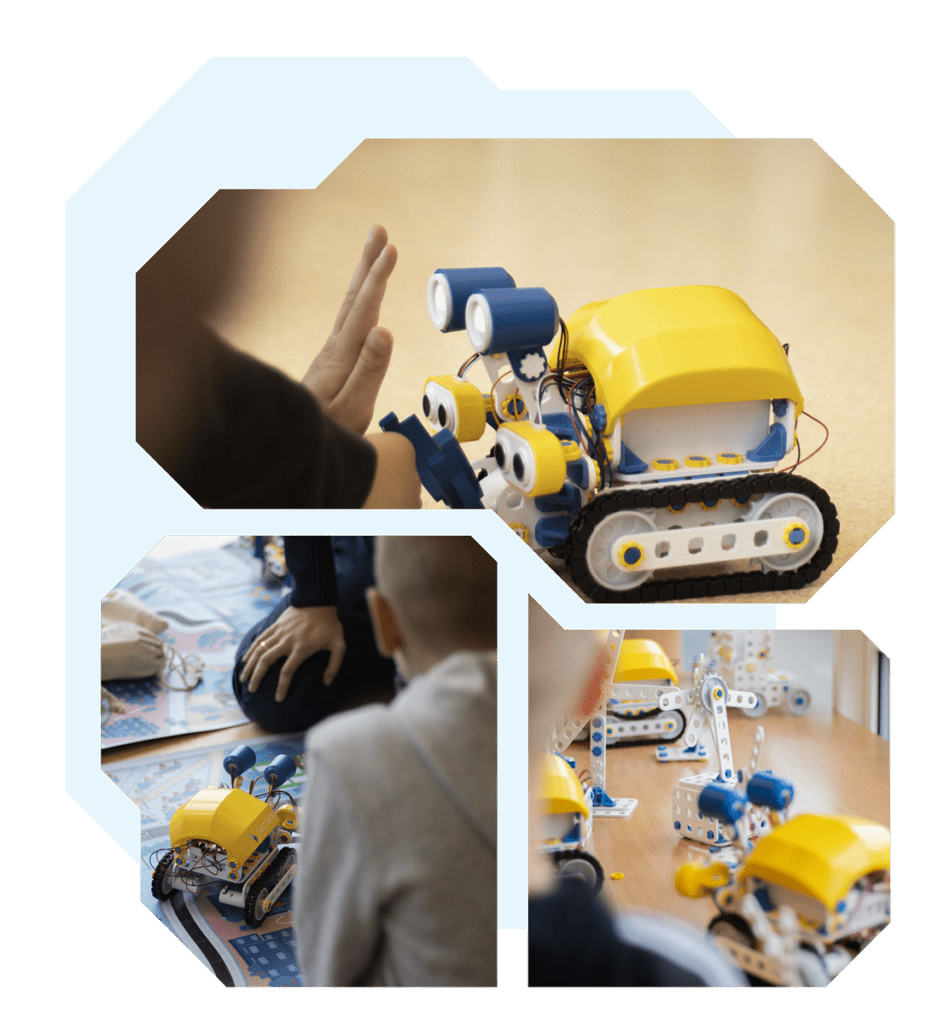
How do you get on when you can’t do something?
It’s easy! I start with good old Google, if I can’t find the answer there, I ask other teachers. If they are not able to answer my question as well, I always remember that I can contact you easily.
Was there anything in the work with SkriLab that caused a big surprise, the “wow” effect?
Yes, I was very shocked at how quickly the children remembered what I was showing them. For example, I always show them the models I have printed, and I talk about them. I was very shocked when children after two or three weeks remembered exactly when and what model I showed them, what it represents and what it is for, it was great. In the case of a printer, the “wow” effect is the price. I do not know if you are aware of the cost of educational materials, especially for Special Education. Apart from the huge price, it should be remembered that when working with a child that requires a special approach, it should be known that teaching aids very quickly cease to be useful. This is mainly due to the fact that the child grows out of some educational aids and needs others, the printer solves this problem.
Was there anything that prevented the children from using SkriLab?
There was such a situation, yes, younger children were very angry that the robot had to be charged. * laughs *


